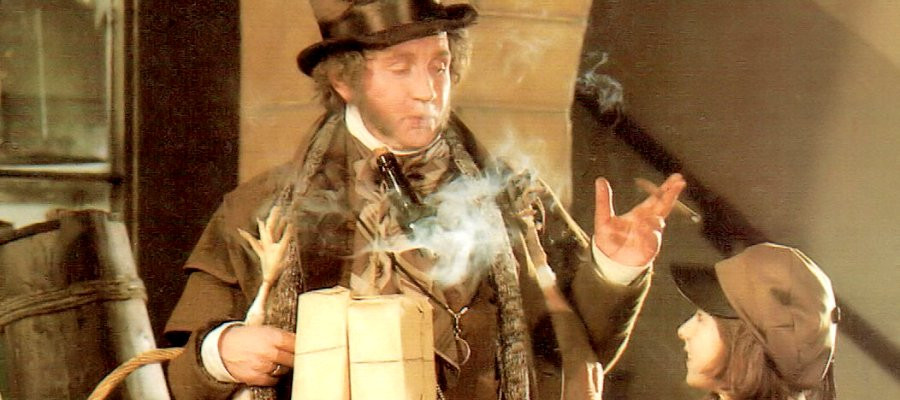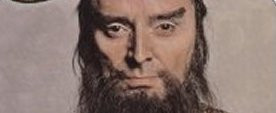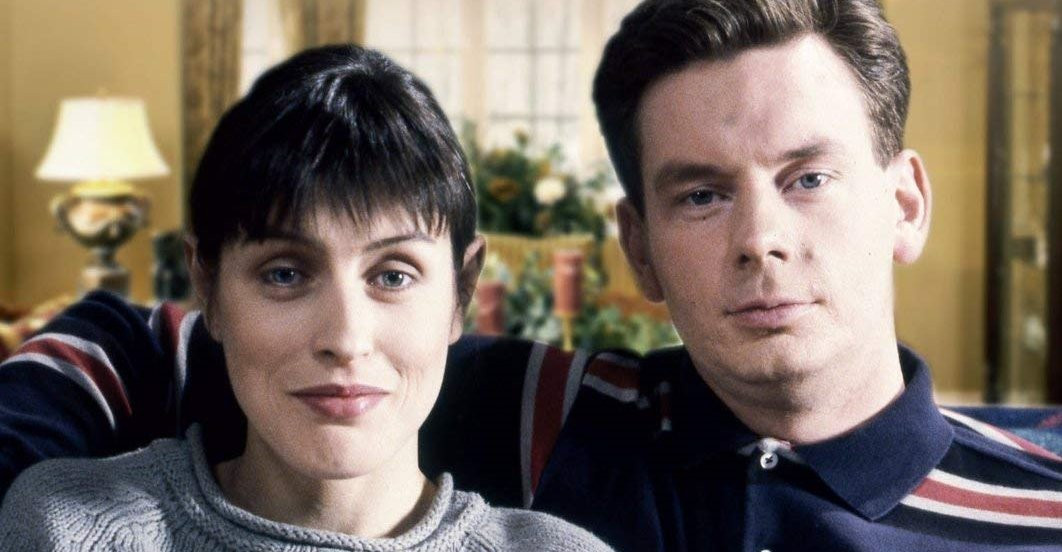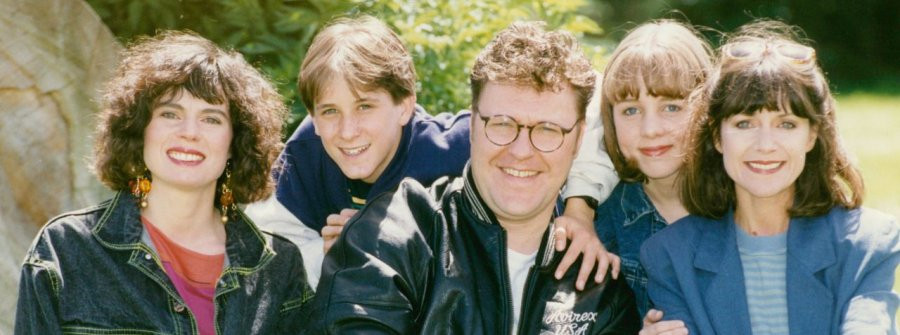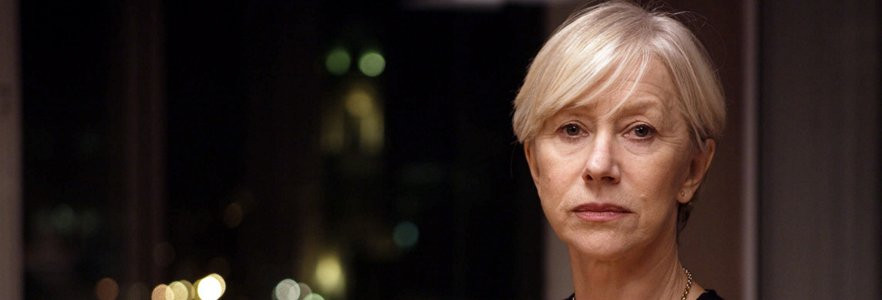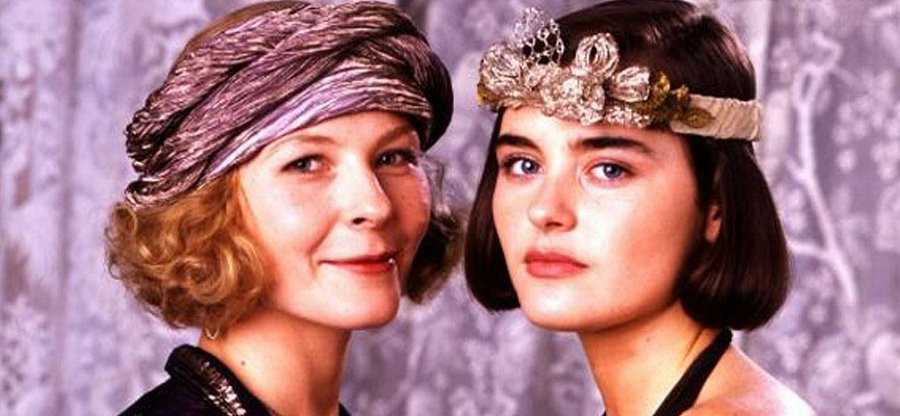
The House of Elliott
1991 - United KingdomThe House of Eliott holds a special place in the hearts of its fans – a dazzling tribute to the artistry of haute couture and the grit of female ambition, wrapped in the sumptuous aesthetic of 1920s London. First aired in 1991 and developed by the creative powerhouse of Eileen Atkins and Jean Marsh – the same minds behind ITV’s iconic Upstairs, Downstairs – this BBC production was destined to be more than just costume drama fluff. It was bold, beautiful, and refreshingly feminist in its focus.
At its heart, The House of Eliott tells the tale of two sisters, Beatrice (Stella Gonet) and Evangeline Eliott (Louise Lombard), left destitute following their father’s death. What could easily have unravelled into a well-trodden rags-to-riches tale is instead a layered exploration of class, gender, and artistry. Bea and Evie’s rise from near-poverty to the helm of their own dressmaking business is as much about resilience and vision as it is about frocks and fabrics.
The performances are uniformly strong. Gonet’s Beatrice exudes a quiet authority and internal conflict, embodying the older generation navigating a shifting social landscape. Lombard, as Evie, captures youthful idealism and artistic passion with flair. Aden Gillett brings warmth to the role of Jack Maddox, while Cathy Murphy's Tilly adds a grounding, working-class perspective. The ensemble cast rounds out what feels like a lived-in world, rich in texture and authenticity.
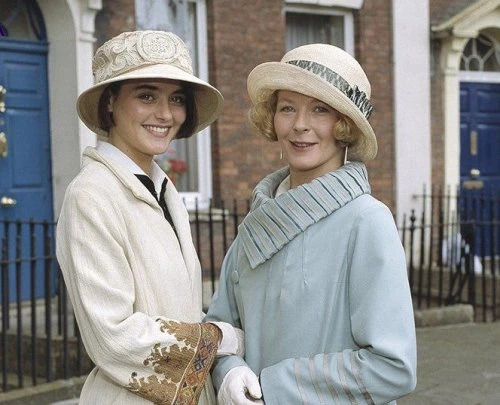
Production values are, frankly, exquisite. With a first series budget of £6 million, the BBC spared no expense in recreating the feel of 1920s London. Bristol’s Berkeley Square stood in convincingly for the capital, with extraordinary attention to period detail – cobblestones laid, parking meters disguised, and every last lamppost ‘antiqued’ for effect. The result is immersive and convincing, underscoring producer Jeremy Gwilt’s claim that what viewers saw was “as close to 20s London as possible.”
Then there are the costumes – and what costumes they are. Joan Wadge’s BAFTA-winning designs from the first series, later exhibited at the Victoria and Albert Museum, are nothing short of breathtaking. Her successor, James Keast, brought further dimension, drawing inspiration from Chanel and Sonia Delaunay to chart the characters' evolution through style. Each ensemble not only dazzles visually but speaks volumes about class, taste, and personality.
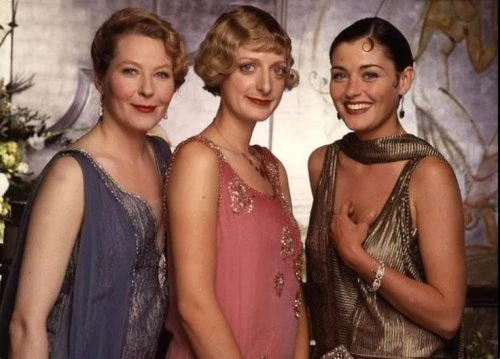
Narratively, the series pulls no punches in its depiction of the challenges faced by women of the era – not only in business but in society at large. Ralph Saroyan (Michael Culver) is a chillingly plausible antagonist, wielding legal and financial control over the sisters with patriarchal entitlement. Yet even with such forces stacked against them, the Eliott sisters persist, building not just a brand but a feminist statement – one hemline at a time.
Despite its success – audience figures regularly topping 10 million – The House of Eliott met an abrupt and unceremonious end after its third series. Neither viewers nor writers were given any warning, resulting in a storyline that remains frustratingly unresolved. It’s a baffling decision for what was, by all measures, one of the BBC’s flagship dramas of the era.
Still, the legacy of The House of Eliott endures. It remains one of the last major BBC dramas shot at the now-legendary Television Centre, and it captured the imagination of viewers not just for its sumptuous visuals, but for the strength of its storytelling. Even French and Saunders couldn’t resist giving it the spoof treatment in The House of Idiot, with the original stars gamely joining in on the joke.
In the final reckoning, The House of Eliott is more than just a period drama – it’s a love letter to female creativity, ambition, and independence. That its final curtain fell too soon only underscores what a rare gem it was.
★★★★ – A nearly perfect fit, with a few unfinished stitches.
Seen this show? How do you rate it?
Seen this show? How do you rate it?
Published on January 24th, 2025. Written by Percival Wexley-Smith for Television Heaven.


